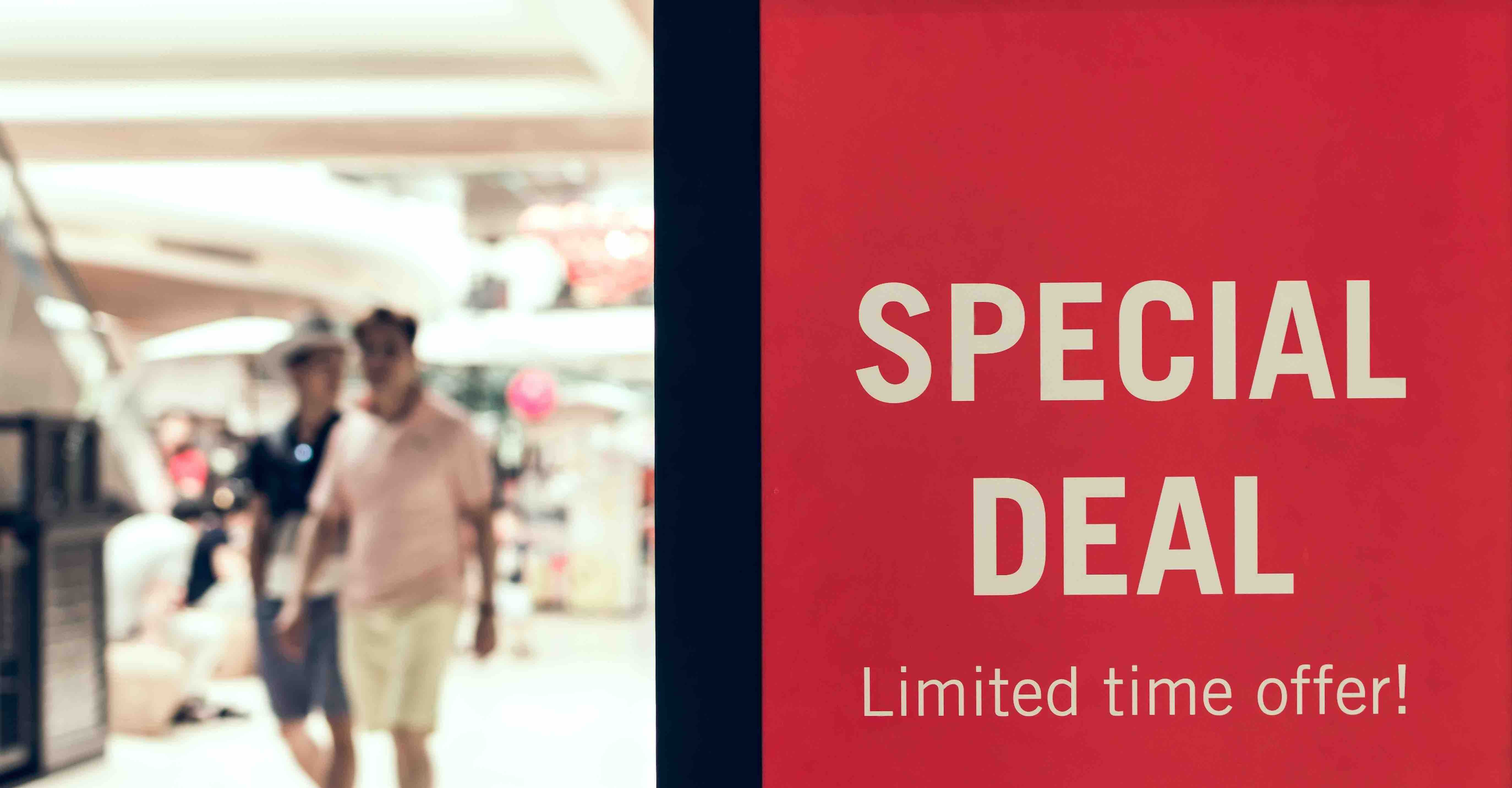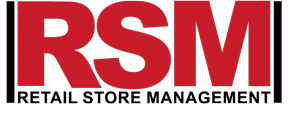
Retail Upselling Defined
This is a sales persuasion technique where you convince a customer to buy an additional product that is either an upgrade of a product already purchased or an additional product that is premium-priced.
- A basic, no-frills version of a software may be available for free download. However, to upgrade from the basic option to the standard or premium version would then attract a fee.
- An airline may sell a basic economy ticket to a flyer at a particular price. Later the same flyer is then offered an opportunity to upgrade from economy class to business or the upper class at an attractive price.
- An automobile seller may persuade an auto buyer to upgrade from a no-frills basic option to feature-laden upgrade at a bundle price, where the bundle price is cheaper than the individual cost of each add-on.
- An online book retailer, like Amazon, sells either a physical paperback or an eBook to the customer in the first instance, but the same customer is also offered a high-quality audio format of the same book as an add-on at an attractive price.
Benefits of Using Upselling Techniques in Retail Business
Like advertising, retail customers are prone to dislike on-your-face sales techniques. Be judicious in your use of upselling techniques to avoid conveying the impression of pushiness. Used correctly, the benefits of upselling products to customers should translate increased sales volume and by implication, profit on sales. Other benefits include:
- Relationship building: as a means of conveying value, upselling is not an unfair tactic. Your focus should be on educating and helping your customers save money whilst being educated on the benefits of the products you are upselling as add-ons. Explain the benefits of the upsell to your customers by showing them the benefits of the add-on and what values will be delivered. For instance, an updated version of Microsoft Office Suite is more user-friendly with much more software functional capabilities. This is an excellent relationship building tool though you earn additional revenue in the process.
- Cost of acquisition: it is easier and cheaper to sell more to an existing customer than it is to acquire a new customer. A number of research studies put the additional revenue you can derive from upselling to an existing customer at around 70 percent, compared to only about 5-20 percent for new or prospective customers. This is especially the case when a relationship of trust and reliability has already been established between you and the customer.
- Increased Customer Lifetime value: Customer Lifetime Value (CLV), or Life-Time Customer Value (LCV) is the projected net profit contribution of a customer to the overall profitability of a business over the lifetime of the relationship between the customer and the business. As a retailer, you will have three categories of customers; namely non-profitable customers, averagely profitable customers, and very profitable customers. Upselling can drive up the value of each of these three customer categories. Not-profitable customers can become profitable with the appropriate deployment of upselling techniques and thus cease being a source of value-draining to your retail business. In like manner, your very profitable customers can even become much more profitable and thus help you generate even more cash that you can deploy to the acquisition of new customers.
- Enhanced capacity for Customer retention: ethically utilized, upselling can assist in you in your customer loyalty and retention program. Customers who perceive value in your upselling activities are much more prone to acquire the status of repeat customers. The viability of your retail business will most likely hinge on repeat patronage than on new customers, who are, in most cases expensive to acquire, retain and build a relationship with.
Some Best Practices for Products Upselling Tactics
As a retail business, your goal is to retain and grow your customer base, whilst selling more to them. To do this, these are some of the best practices for upselling to your customers:
- Upselling a product that is much more expensive than the original purchase is a sales-killer. On average, aim for about 25 percent more sales by way of upselling so that you minimize buyers-remorse, and the perception by your customer of unethical selling practices.
- You must avoid aggressive selling tactics. Pushiness can create an impression in the mind of a customer that you care only about selling and not necessarily about their needs. This is a turn-off with the unintended consequence of distancing your customers from your retail business. A lost customer is a lost revenue stream. And new customer acquisition is expensive.
- Create a sense of urgency. Attach time deadlines to deals on offer, or let your customers know that deals on offer are limited in quantity, or that the price discount is for only a limited period. Consumers hate to miss out on time constraint limited offers. And your time-limited sales discount is for a limited time period. You can ethically capitalize on this but never upsell products after the offer deadline is over.
- Your retail business creates lots of transaction data. Mind these data and use them to customize upsells to your prospective and repeat customers.
- Your customer education should be about conveying the benefits and values of the products you desire to upsell. This is important as consumers pay for benefits and not for features. Let them know the benefits-relationship between your base offer and that of products you desire to upsell. Software vendors employ this particular tactic a great deal of time. However, avoid being aggressive or pushy.
- Letting your customers know the value of a bundle when compared side-by-side with the same set of products sold as individual units. The add-on products you sell as a bundle should possess more value when compared with the separate value of unaggregated units. In executing your upselling tactics, place emphasis on missed opportunities of not buying your products on offer as an upsell bundle.
Upselling is a unique technique for increasing the basket size of your customers' patronage. You should master the process and train your sales personnel on how to use upselling techniques. Aggressive selling tactics is pushy and a turn-off. Avoid them at all cost. Exploit every available opportunity to upsell but only upsell what has value for your customers. Limit the monetary value of you aggregated upsell to around 25 percent so that you can minimize buyers-remorse and the unintended impression of lack of care. Lost customers as a result of aggressive and pushy sales tactics are lost revenue. And lost revenue means lost profitability of your retail business.



